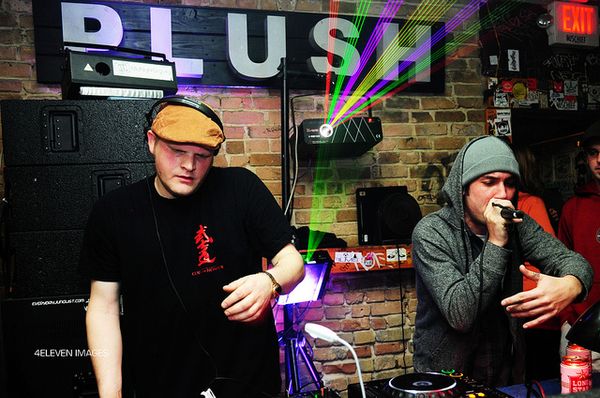D&B Subgenres: Discovering Your Distinct Sound
Amidst the vibrant world of the bass-heavy genre, is in a state of dynamic change, it continues to be a vibrant heart of creativity and imagination. For new producers, navigating this shifting landscape can be both exhilarating and overwhelming. With a multitude of artists striving for recognition, it is important to discover your individual sound and carve out a distinct niche in a competitive scene. Whether you are developing your first track or you are an seasoned producer looking to enhance your skills, understanding the intricacies of drum and bass is vital to your success.
In this write-up, we will investigate various factors that can enhance your production game. From the evolution of the genre to the fundamental tools you need, we will cover topics that will help you stand out. You will learn about the importance of sound design and mixing techniques while steering clear of common traps that many new producers face. Get prepared to immerse yourself into the world of drum and bass, where every rhythm, bass line, and tune plays a critical role in creating music that connects with listeners.
Key Techniques for Unique Sound Design
To carve out a unique sound in the drum and bass genre, it is vital to experiment with creative approaches. One successful technique is to layer different sounds to produce intricate textures. For instance, combining various synths with live recordings or ambient noises can yield new and captivating elements in your music. Additionally, using subtracting and adding synthesis in conjunction with FM synthesis can yield original tonal characteristics that stand out in a busy scene.
Another important aspect of sound design is dynamic adjustment. By employing specific modulation to parameters such as cutoff frequency, reverb level, or oscillator pitch, you can introduce motion and excitement to your sounds. Techniques such as LFO modulation can animate static sounds, making them feel more organic and evolving over time. This constant variation in sound can hold listeners intrigued and highlight the creativity behind your tracks.
Lastly, taking the time to tweak your production chain can dramatically enhance your sound design. Utilizing top-notch effects like fuzz, saturation, and unique delay techniques can transform fundamental sounds into robust audio elements. Don't hesitate to explore different routing options and effects setups to uncover new sound explorations. Paying close consideration to how each component interacts within the overall production will aid maintain definition while stretching the boundaries of your original sound.

Navigating the Drum and Bass Production Landscape
As a drum and bass producer, understanding the landscape of the genre is crucial for carving out your unique sound. The DnB scene is ever-evolving, influenced by diverse sub-genres and cultural shifts. By immersing check with the origins of DnB, along with its up-to-date trends, you can position yourself strategically within this crowded arena. Interacting with both classic tracks and contemporary productions can yield insight into what connects with fans and keeps your work relevant.
Networking and collaboration play key roles in maneuvering through the drum and bass production landscape. Building relationships with fellow producers, vocalists, and DJs can open up new opportunities and artistic partnerships. Working together not only improves your music but also allows you to tap into different perspectives and styles. Attending local events, engaging with online discussions, and using social media can boost your visibility and help you connect with similar artists who have your passion for DnB.
Lastly, mastering the technical details of production is important. This comprises choosing the appropriate digital audio workstation (DAW) and acquainting yourself with necessary VSTs and sound design techniques. By dedicating effort in learning how to mix and master your tracks, you guarantee they shine in professional settings. Understanding where to apply energy and momentum in your drops can also make a significant impact on the listener's experience, allowing your music to truly emerge amid the competition.
Collaboration and Hiring Strategies for DnB Producers
Working together with additional artists and music makers can significantly improve your DnB style. When looking for a collaborator, look for someone whose strengths match your deficiencies. This could mean partnering with a skilled sound designer to boost your low frequencies or a skilled audio engineer to refine your songs. Networking through community events, digital platforms, and social media platforms is an effective way to connect with like-minded individuals who share your enthusiasm for the style.
When selecting a DnB producer, set distinct objectives for your collaboration. Articulate your artistic vision and what you want to accomplish with your tracks. It's crucial to assess a producer's body of work to ensure their style aligns with your sound. Ask for references and seek out feedback from past customers to assess their professional reliability. Additionally, discussing deadlines and budget expectations upfront will help prevent issues later in the production process.
If you're on a budget, consider looking into independent producers who may be willing to work for a smaller fee in exchange for the chance to develop their personal portfolio. Alternatively, collaborating with less experienced producers can produce fresh ideas and innovative approaches. Always keep an eye out for rising talent in the drum and bass scene; often the next breakout artist is just starting out, and your partnership can result in reciprocal development in your artistic careers.